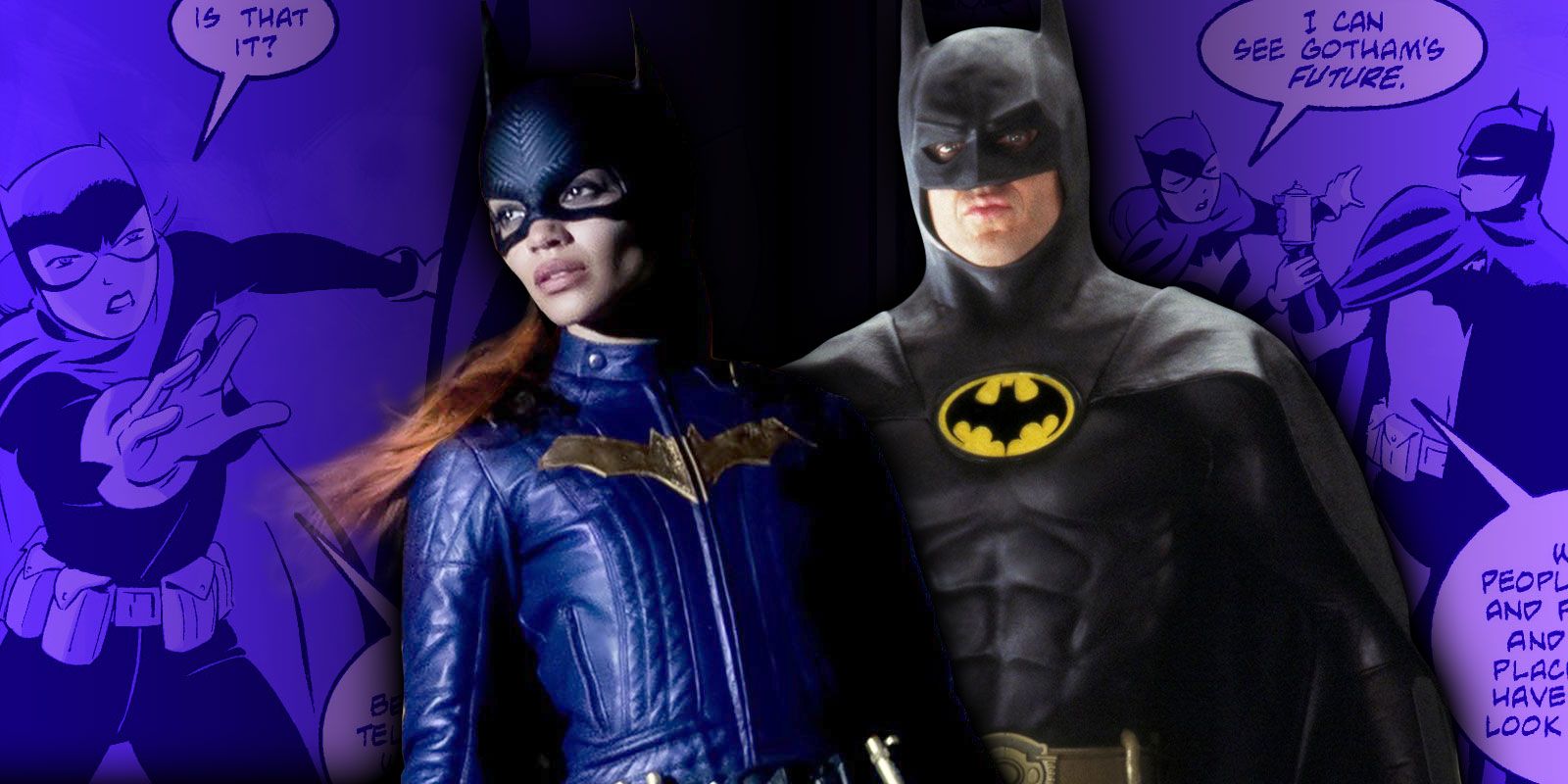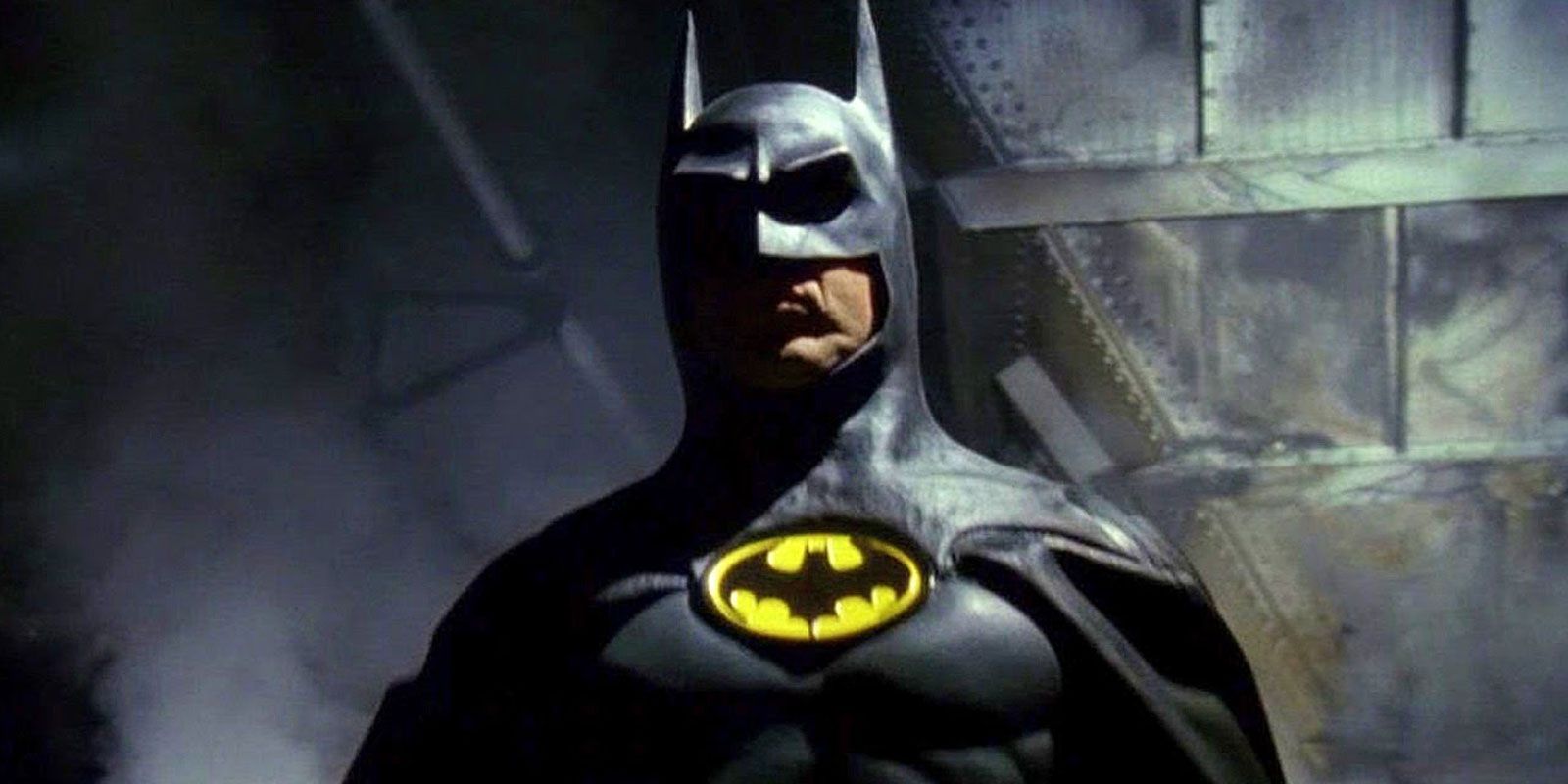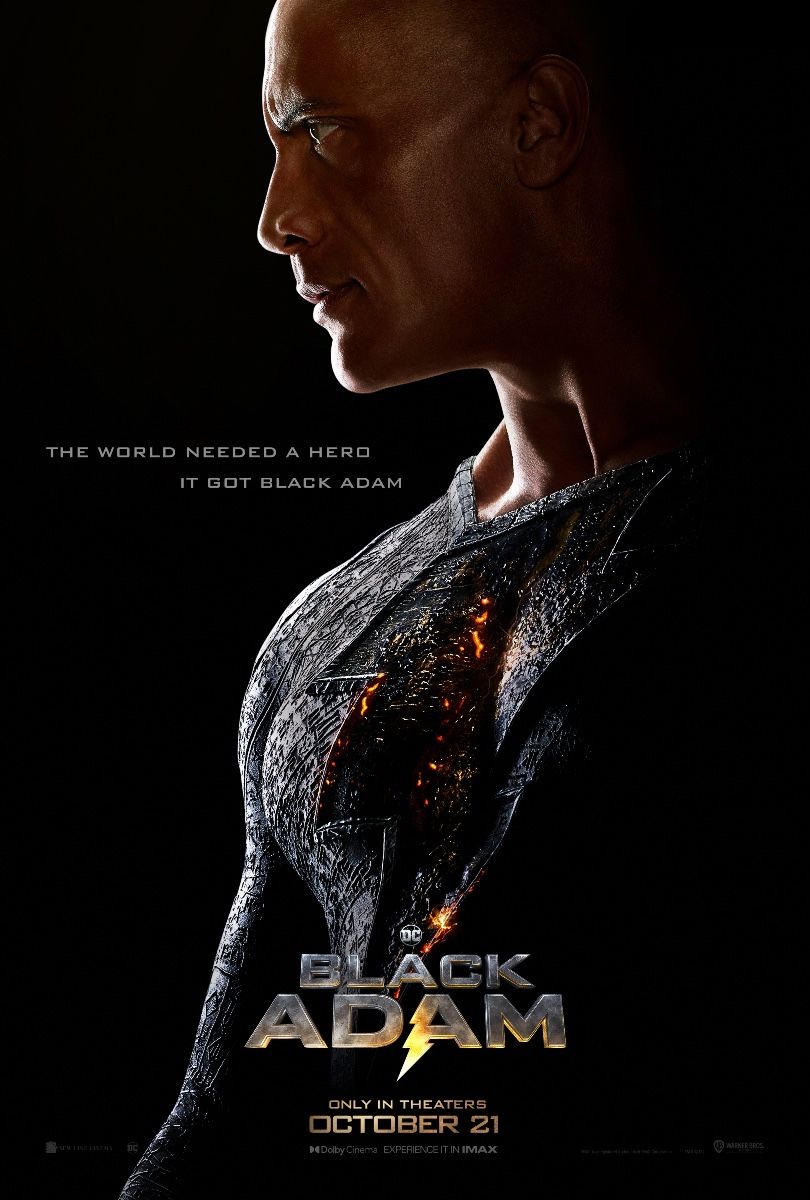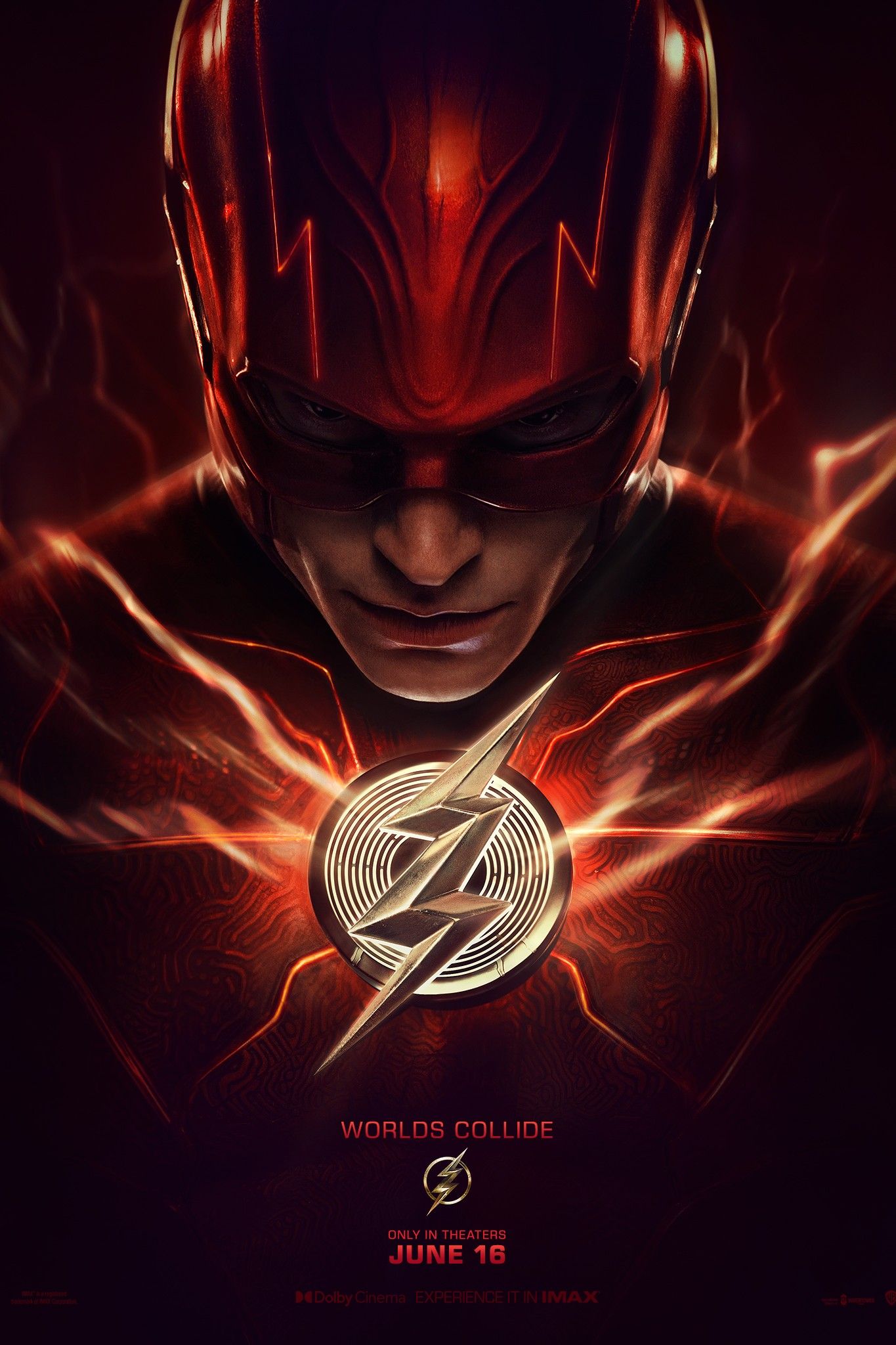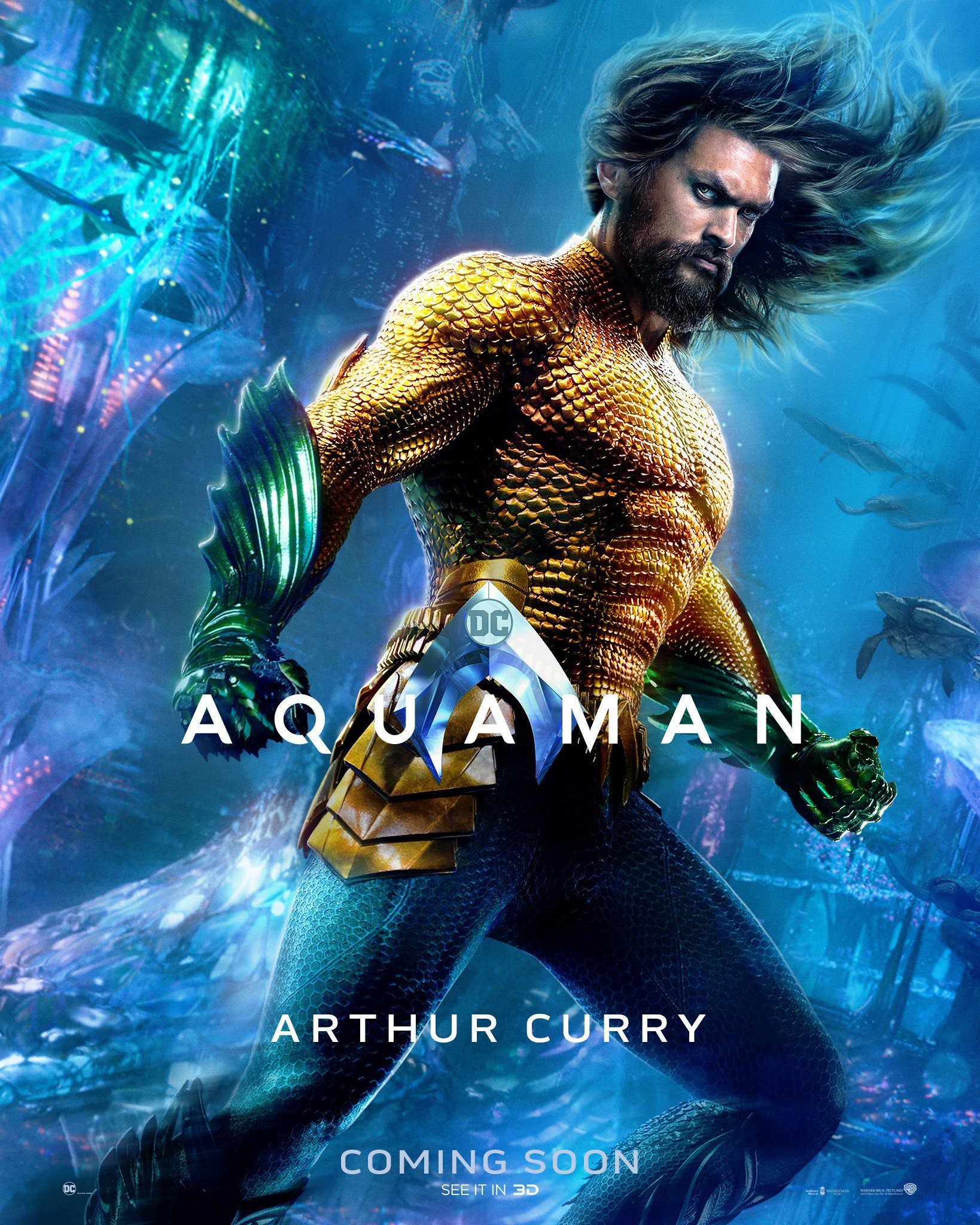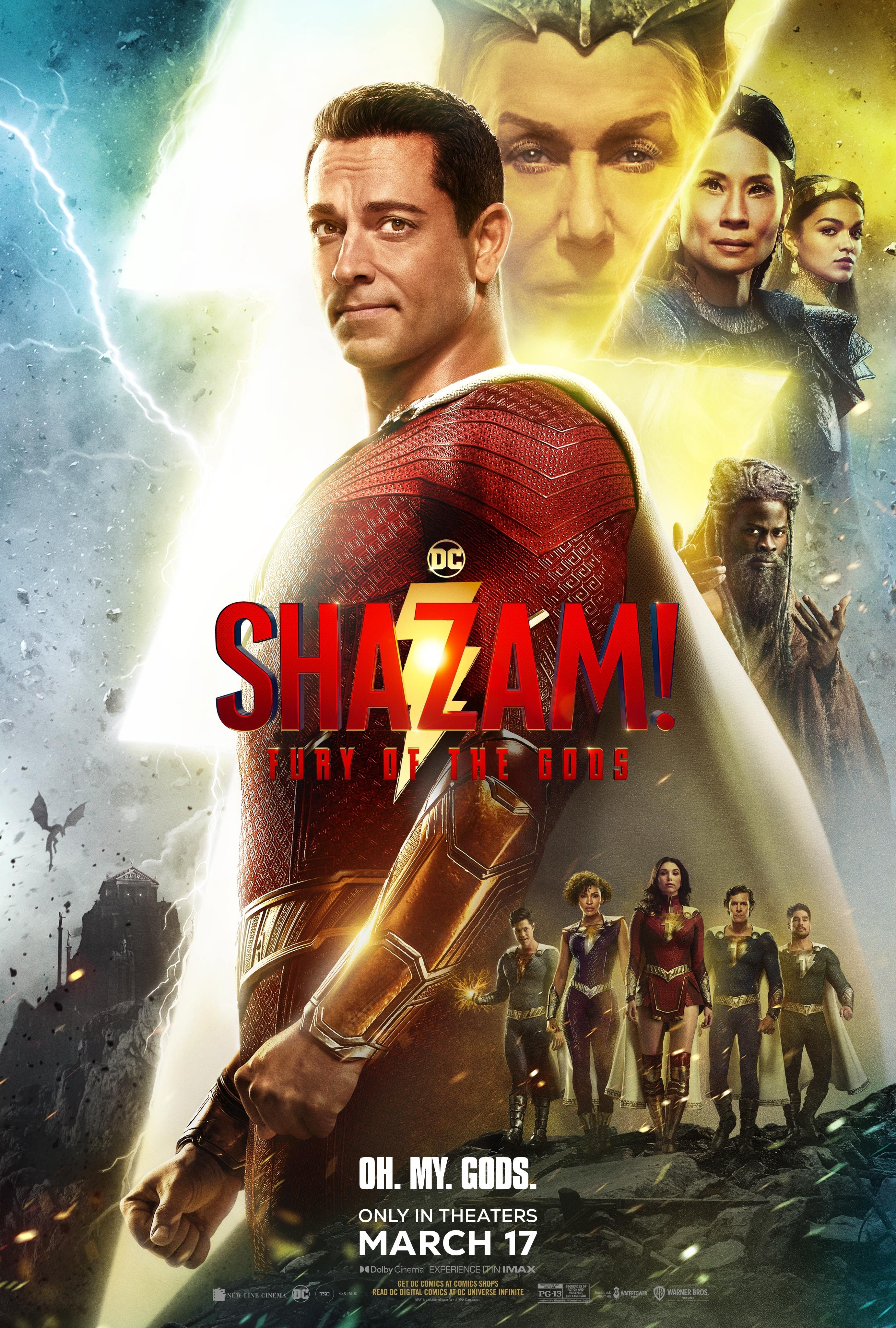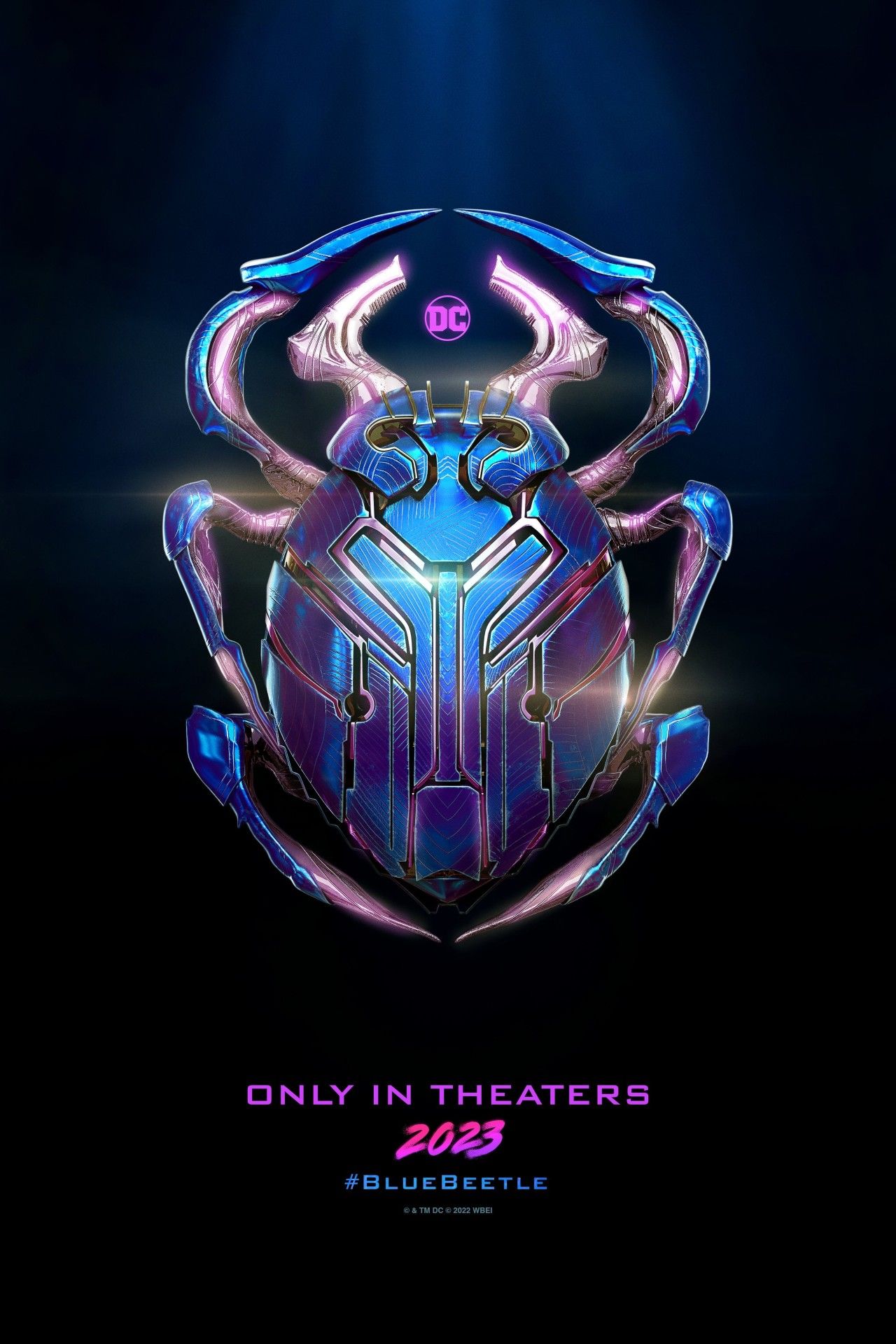When Batgirl eventually arrives on HBO Max, it will also see Batman's return, played by Michael Keaton. Following the departure of Ben Affleck from the DCEU, Keaton will be playing a new version of Gotham's iconic Caped Crusador. The big question, however, is whether this is truly a new version of Batman or simply Tim Burton's Batman in a new story.
Affleck’s departure from the DCEU was for personal reasons, citing his dissatisfaction and increasing disinterest in the role. Unfortunately, this leaves a very large bat-shaped hole, considering that Batman is easily among the most popular of DC’s heroes. The DCEU is set to have a reboot of sorts, with the Ezra Miller-led The Flash tying together its splintering pieces. To make things even more confusing, additional delays to The Flash have pushed the film's release back to 2023, meaning that Batgirl's originally planned 2022 release may also have to be delayed to preserve the franchise's continuity.
The Batman who will arrive in The Flash is apparently going to be the same Batman from the 1989 Tim Burton movie and its sequel, Batman Returns, while ignoring the events of Batman Forever and Batman & Robin. The version of the Dark Knight who will appear in Batgirl, however, is reportedly not the same character but an amalgamation of the Keaton and Affleck Batmen. While it’s still unclear how Keaton’s Batman will be portrayed, his role already seems very similar to the one which was given to Affleck’s Batman, as a more seasoned version of the character. Ultimately, considering all the intervening years, this composite character may be functionally identical to a more experienced version of the same Batman from 1989.
The issue is further complicated by the fact that Batgirl may reportedly take place in a different facet of the DC multiverse. J.K. Simmons, who plays Commissioner Gordon in Batgirl, made mention of the fact that the movie will be in “a new version of the universe,” before talking about how the superhero multiverse allows the Justice League characters to go in different directions. This suggests that Batgirl is part of the DCEU but from a different continuity to The Flash, meaning the Batman in Batgirl is not the same Batman in The Flash and, consequently, not the same Batman from Batman.
Multiverse ideas, confusing though they can be, are nothing new in comics. DC’s first foray into the concept was in the 1985 Crisis on Infinite Earths comic storyline. Following the success of recent Marvel movies, most notably Spider-Man: Into The Spider-Verse, alternate realities have become an important part of recent comic book movies. The multiverse in The Flash promises to be different, but the choice to retain multiple different universes as part of the same DCEU feels like a questionable one. Alternate realities have the benefit that writers are free from issues relating to continuity, but if two movies are effectively from different fictional universes, does it really make sense to place them together in the same cinematic universe?
It may set a confusing precedent to have two different versions of Batman, both in the DCEU, played by the same actor. With two different Batmen appearing in The Flash, and the completely separate continuity of The Batman, this would mean 2022 will feature four different versions of Batman in film. However the writers decide to tackle this, they can nonetheless be applauded for trying to keep the DCEU from falling apart. DC’s characters are, after all, an iconic part of pop culture, and many of them deserve better movie portrayals. Hopefully, any lingering confusion will be resolved after the release of Batgirl, whatever continuity it takes place in.

